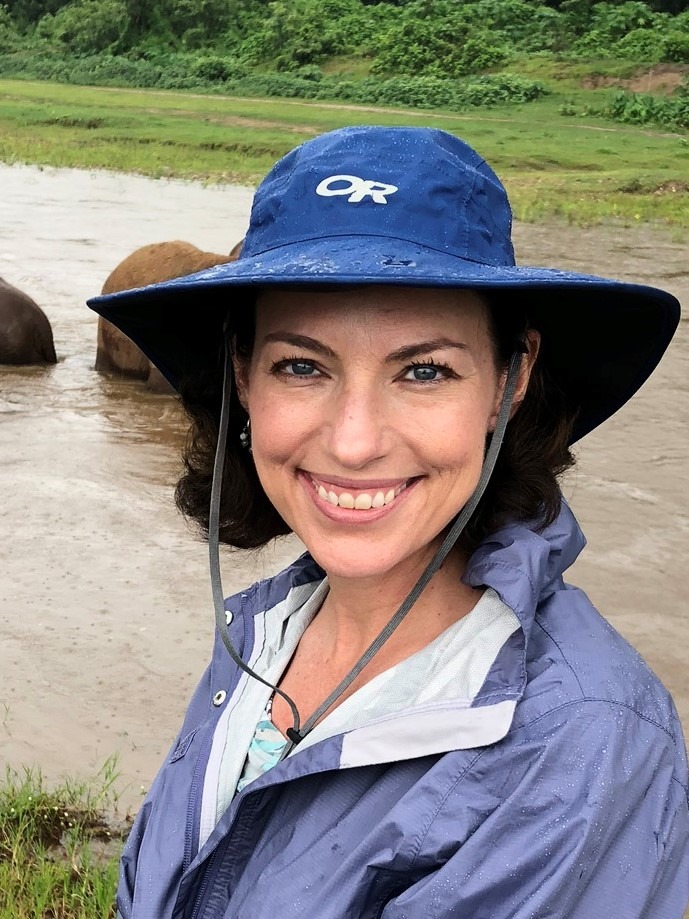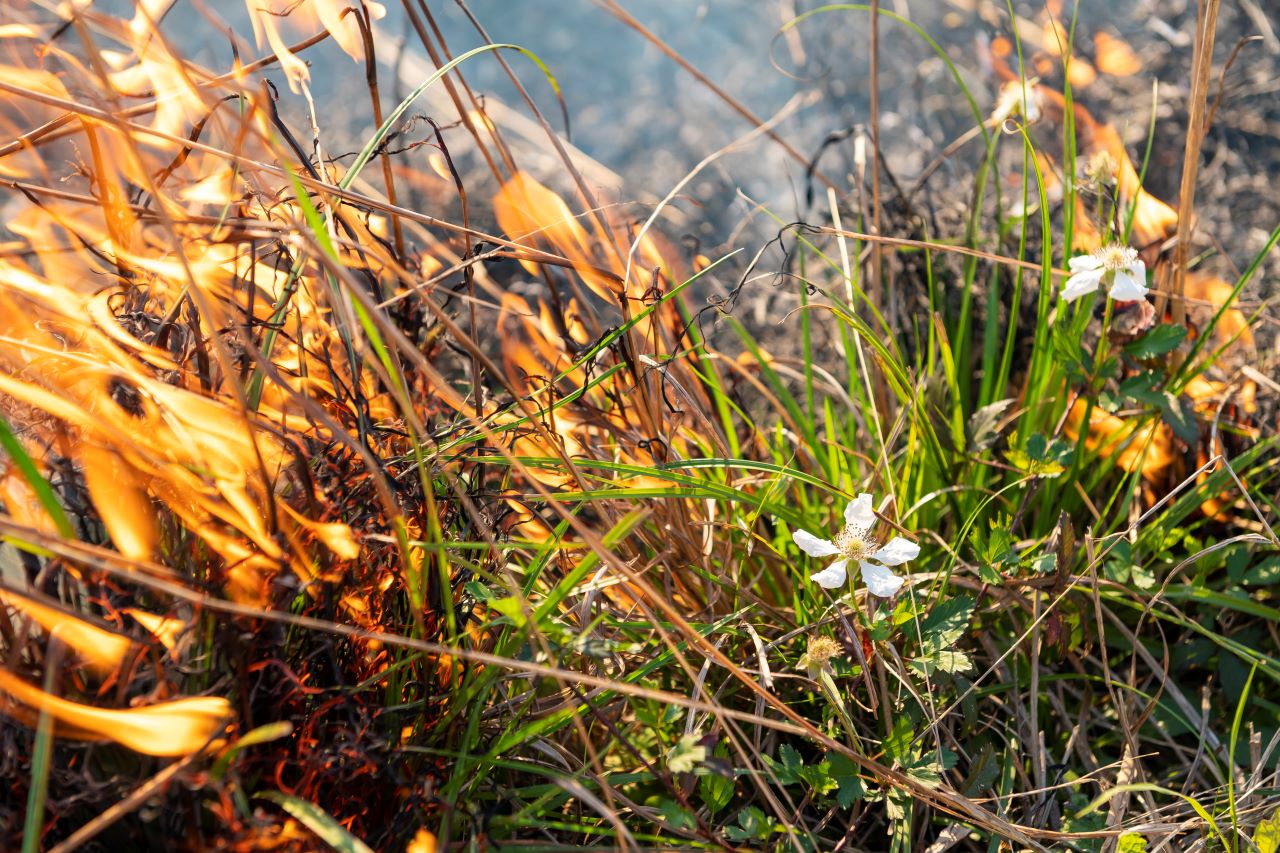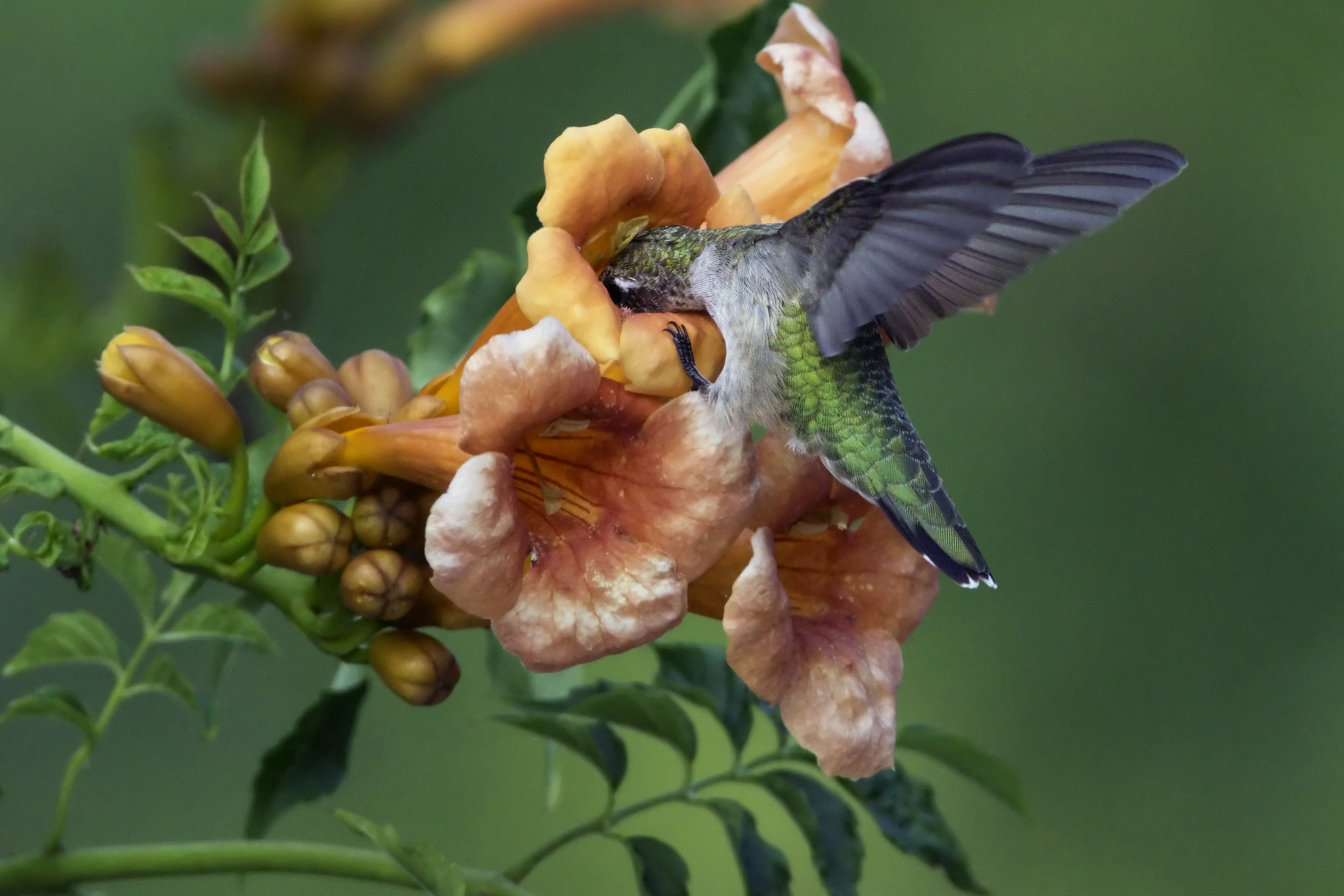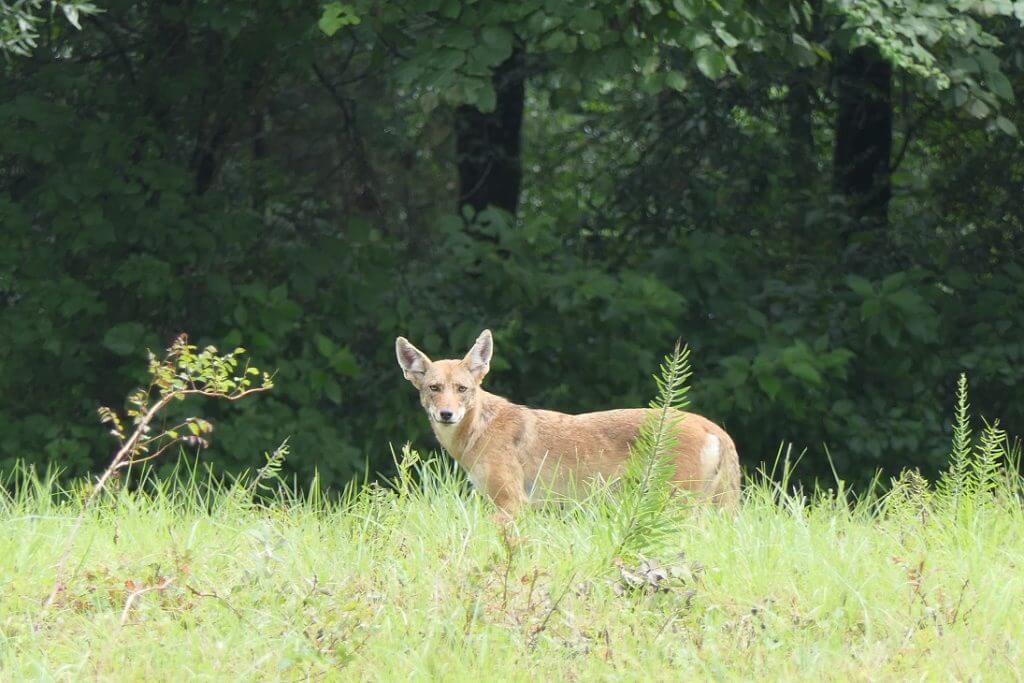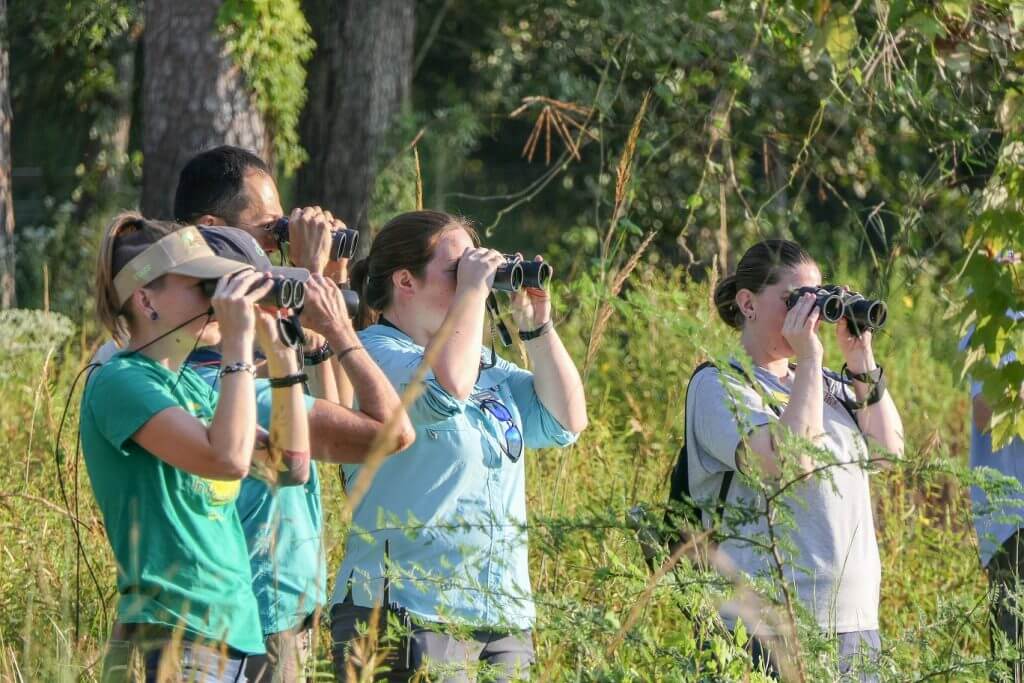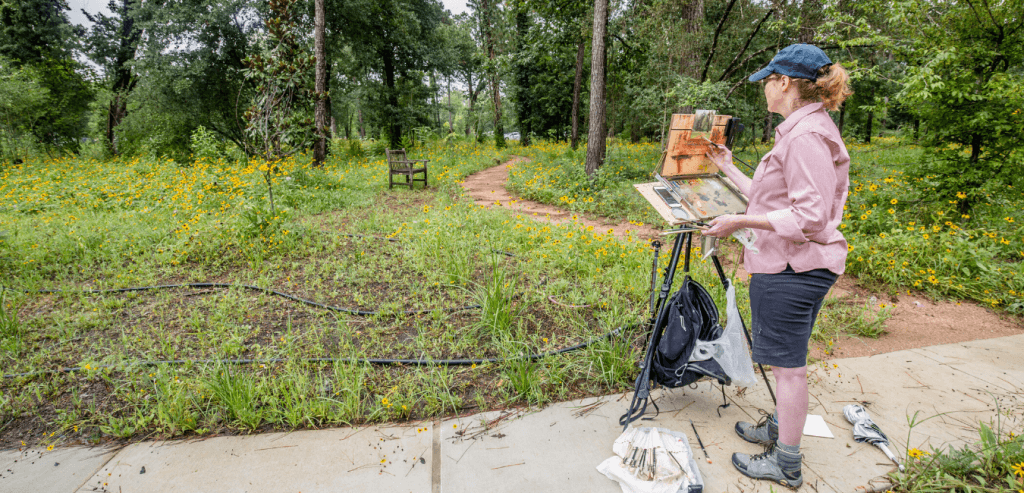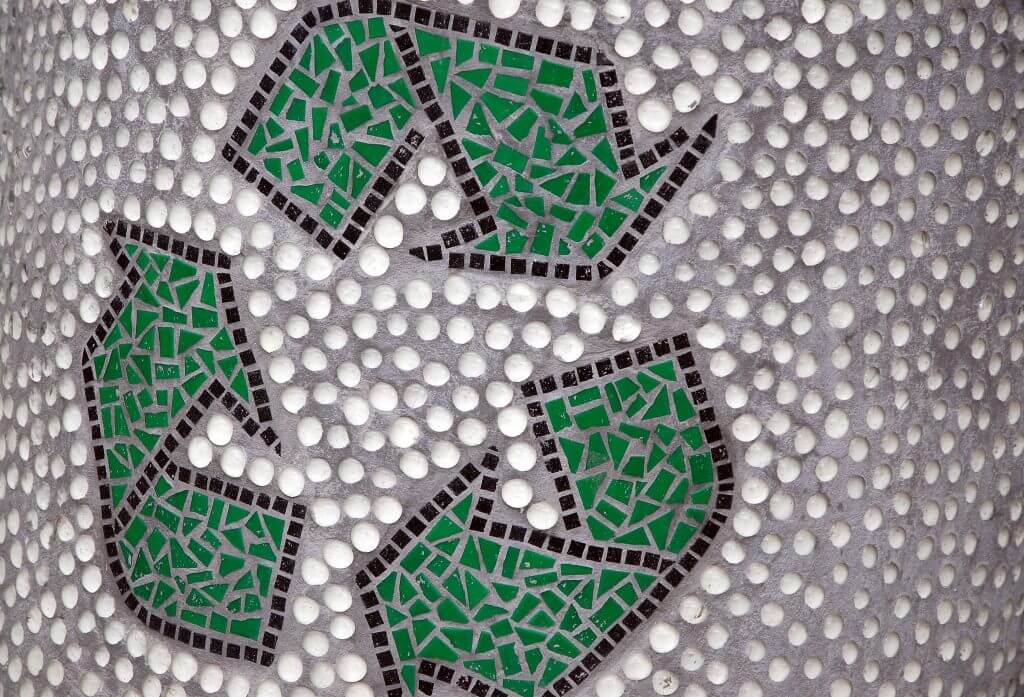Written by Amy Barton

There is nothing more calming and enjoyable than walking through a garden enlivened by the colorful and silent beauty of a butterfly’s delicate wings fluttering from flower to flower. There are a few things that you can do to better your chances of attracting these beneficial pollinators to your yard. Here are some pointers for growing a garden worthy of butterflies in Houston:
Host versus Nectar Plants:
When it comes to planting for butterflies it is important to keep in mind the difference between butterfly ‘host’ plants and ‘nectar’ plants. Nectar plants provide food for adult butterflies, while host plants are plants on which adult butterflies lay their eggs and caterpillars feed. Adult butterflies may visit many different nectar flowers in search of food, but their caterpillars are exceedingly particular when it comes to their host plants!
Choosing Nectar Plants:
Nectar plants are easy to find. Flowering perennials offer nectar for bees, moths, hummingbirds, and butterflies alike. Some flowers are better suited for butterflies than others in terms of size, shape, nectar productivity, and when they bloom.
- Size and Shape of Flowers: Butterflies need a perch to sit on while they sip so we recommend using flowers with a broad platform like purple coneflower, gaillardia, winecup and iris. Butterflies can also cling to clusters of small flowers like those found on the goldenrod and lantana.
- When they bloom: Butterflies will be trickling in through spring to late summer so remember to plant nectar flowers that will bloom at different times so you always have something for them to eat. Planting some fall bloomers like Liatris, cardinal flower and obedient plant is always a thoughtful gesture for the butterflies arriving later in the summer and into early fall.
- Plant Native: When it comes to planting nectar plants try and stick to native varieties. Butterflies have selected plants for good nectar production but human plant breeders select for color or long bloom season and may inadvertently select out those important butterfly requirements.
| Nectar Plants for Butterflies | ||
| Common name | Scientific name | Flowering season |
| American Beautyberry | Callicarpa americana | Spring |
| Aster | Aster sp. | Summer-fall |
| Blue Mist Flower | Eupatorium coelestinum | Summer-fall |
| Brown-eyed Susan | Rudbeckia hirta | Spring-summer |
| Buttonbrush | Cephalanthus occidentalis | Summer |
| Clematis | Clematis pitcherii | Spring |
| Clematis, Texas | Clematis texensis | spring |
| Fringe Tree | Chionanthus virginica | Spring |
| Gaillardia | Gaillardia pulchella | Summer-fall |
| Goldenrod | Solidago sp. | Summer-fall |
| Texas Star Hibiscus | Hibiscus coccineus | Spring-summer |
| Swamp Marshmallow | Kosteletzkya virginica | Spring-summer |
| Lantana, Texas | Lantana horrida | Spring-summer |
| Maximillian Sunflower | Helianthus maximiliani | Summer-fall |
| Mexican Milkweed | Asclepias curassavica | Spring-fall |
| Purple Coneflower | Echinacea purpurea | Spring-fall |
| Virginia Sweetspire | Itea virginica | Spring |
Choosing Host Plants:
Host plants are the special plants that butterflies lay their eggs on and that caterpillars will eat. Caterpillars are picky eaters; their food needs are very precise. If you want to plant a garden that can grow butterflies, here are some tips:
- How a butterfly picks her host plant: A female butterfly finds a suitable nursery for her eggs by scratching leaves with her feet. Her sense organs analyze the chemical content of the plant so that she can determine if it is the right plant to lay her eggs. If it is the right plant, she will curve her abdomen around to lay eggs on the underside of the leaf. Depending on the species, a butterfly may lay one to hundreds of eggs per leaf. The larva will hatch in 1-3 days.
- Plant a lot of food: When you plant for caterpillars, you need to provide them with lots of food. They increase in size up to 1000 times from egg to final molt! If there isn’t enough of the host plants, they will starve. It is always better to plant lots of one food source than just a few plants of many species.
- Plant native: Choose native varieties of host plants as generations of caterpillars have taste-tested them. The native varieties also produce toxic alkaloids which will protect the caterpillar from predation. The caterpillar can tolerate the toxins, but its predators cannot.
| Host Plants for Houston Butterflies | |
| Butterfly | Larval Food |
| Black Swallowtail | Fennel, dill, parsley, Queen Ann’s Lace |
| Spicebush Swallowtail | Sassafras, Spicebush, Sweet Bay, Red Bay |
| Tiger Swallowtail | Black cherry, Sassafras, Hawthorns |
| Giant Swallowtail | Hercules’ Club |
| Pipevine Swallowtail | All wild pipevines (Aristolochia) |
| Gray Hairstreak | Pea family, Mallow family |
| Snout Butterfly | Hackberry |
| Gulf Fritillary | Passionflower |
| Monarch | Milkweed |
| Queen | Milkweed |
| Texas Crescentspot | Shrimp plant, Dicliptera and Ruellia |
| Hackberry Butterfly | Hackberry |
| Tawny Emperor | Hackberry |
| Question Mark | Elms, Sugar Hackberry, Nettles |
| Red Admiral | Nettles |
| Painted Lady | Thistles, Calendula, Nettles and Sunflower |
| Red-Spotted Purple | Willow, Black Cherry, Chokecherry |
| Cloudless Sulphur | Senna, Partridge Pea |
| Little Yellow | Partridge Pea, Senna, Bluebonnet |
| Zebra | Passionvine |
| Skippers | Native grasses and sedges |
Additional tips for butterfly gardening:
- Furnish basking stones or boards for butterflies to perch on when sunning
- Provide caterpillar food sources in both sunny and shaded areas
- Allow small, unused areas to grow up with weeds necessary for healthy butterfly caterpillars
- Provide damp areas. Butterflies cannot drink from open water sources so they require moist sand, earth or mud to get their water.
- A pan nearby with mashed fruit such as bananas and pears will attract butterflies
Good luck with your butterfly gardens! It may take some time for the butterflies to discover your sanctuary, but when they do they will appreciate your support. Like many other species, butterflies are suffering from a loss of habitat. Urban development takes open places where butterflies breed and feed to create housing, shopping, and recreation areas. Coupled with habitat loss, pesticide use contributes to their diminishing numbers.



